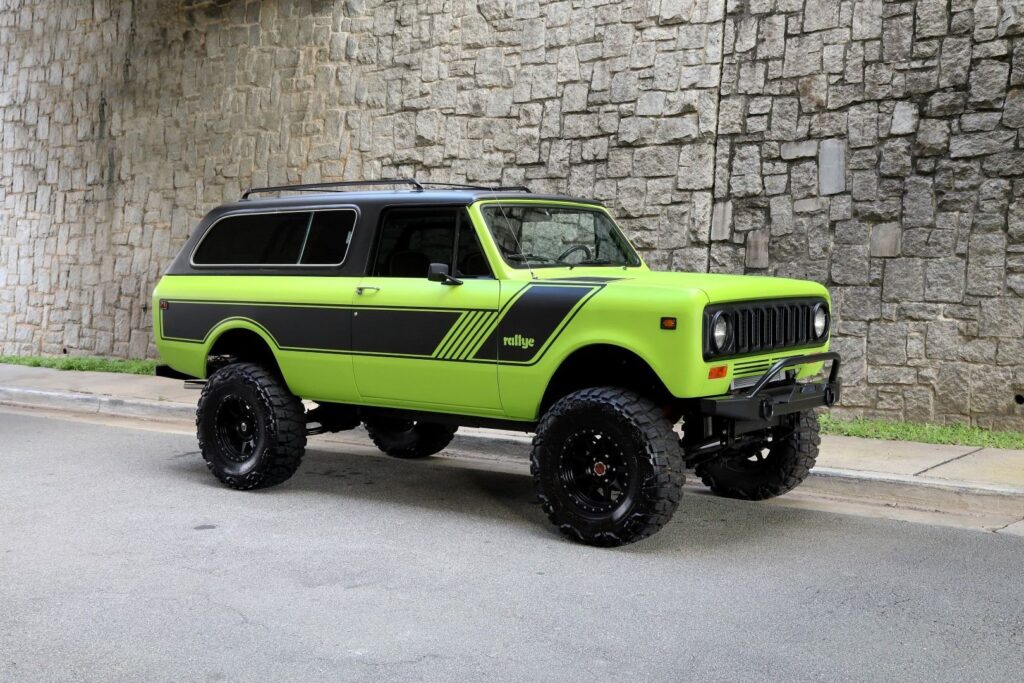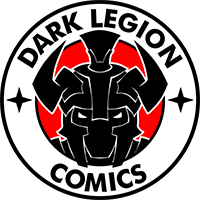Dear Jag, This Is How You Take Care of a Brand

First a little background. Everyone except car dealers hates car dealerships.
Yeah, I know and water is wet. Car dealerships were one of those FDR Goldilocks programs, they showed up for dinner uninvited and never left. The thinking at the time was that it would allow car manufacturers to concentrate on research and development. A few of its advocates had the nerve to claim it was a huge success because of America’s automobile dominance in the 1950s, ignoring the fact that WWII had done all the heavy lifting of demolishing America’s European competition.
Regardless, the dealerships did succeed at one thing, lining the pockets of politicians and their kids, uncles, cousins, nephews, and nieces’ husbands. Since it was political families getting a cut, that cut was set in stone. Shutting down an unprofitable dealership became all but impossible. The UAW gets a lot of blame for what happened to the US auto market (and rightfully so) but there were a lot of other useless mouths on the teat. Dealerships whose sole income was from sticking the manufacturer with every repair cost under the sun became a big one. Shutting down GM’s unprofitable dealers was the one good thing to come out of the Obama administration.
So, both customers and manufacturers hate the dealership system and legally they can’t do anything about them.
However, there is a loophole. Electric vehicles can be sold straight to consumers if the brand is new.
Or so old there is no associated dealership. Enter, or rather reenter, Scout.
The tractor company International Harvester got into trucks in 1960 as a way to compete with the surprisingly profitable Jeep. International Scout produced the only other 4×4 trucks out there and in the 1970s they came up with a proto SUV called the Scout Traveler. A – 4×4 with two doors and three rows of benches. My old Scoutmaster had one. That was what our troop got hauled around in. Granted it was carrying a lot more boys than would be legal today, given that seatbelts were optional at best
Bottomline, the Scouts were rather rugged and easy to work on. Enough so that quite a few are still on the road today, they will run you about $30,000 (give or take).
Volkswagon recently noticed that much to their surprise they had accidentally acquired the old Scout brand a while back. Since they wanted to get into DTC (direct-to-consumer) sales they decided to reactivate the brand.
And VW is doing so with some surprising care. The new Scouts have some clever old-school touches like a full front bench, instead of buckets. Also, a gas-powered electric “generator” range extender in their Scout Harvester.
But mostly VW is hitting all the nostalgia buttons just right by reintroducing a brand with a small but fantically loyal following.
Here’s their first commercial. You will notice the lack of weird, woke shit that was already old 15 years ago. It’s a story of a Generation X girl and her father’s Scout and it follows them all her life.
This is how you take care of a brand.

